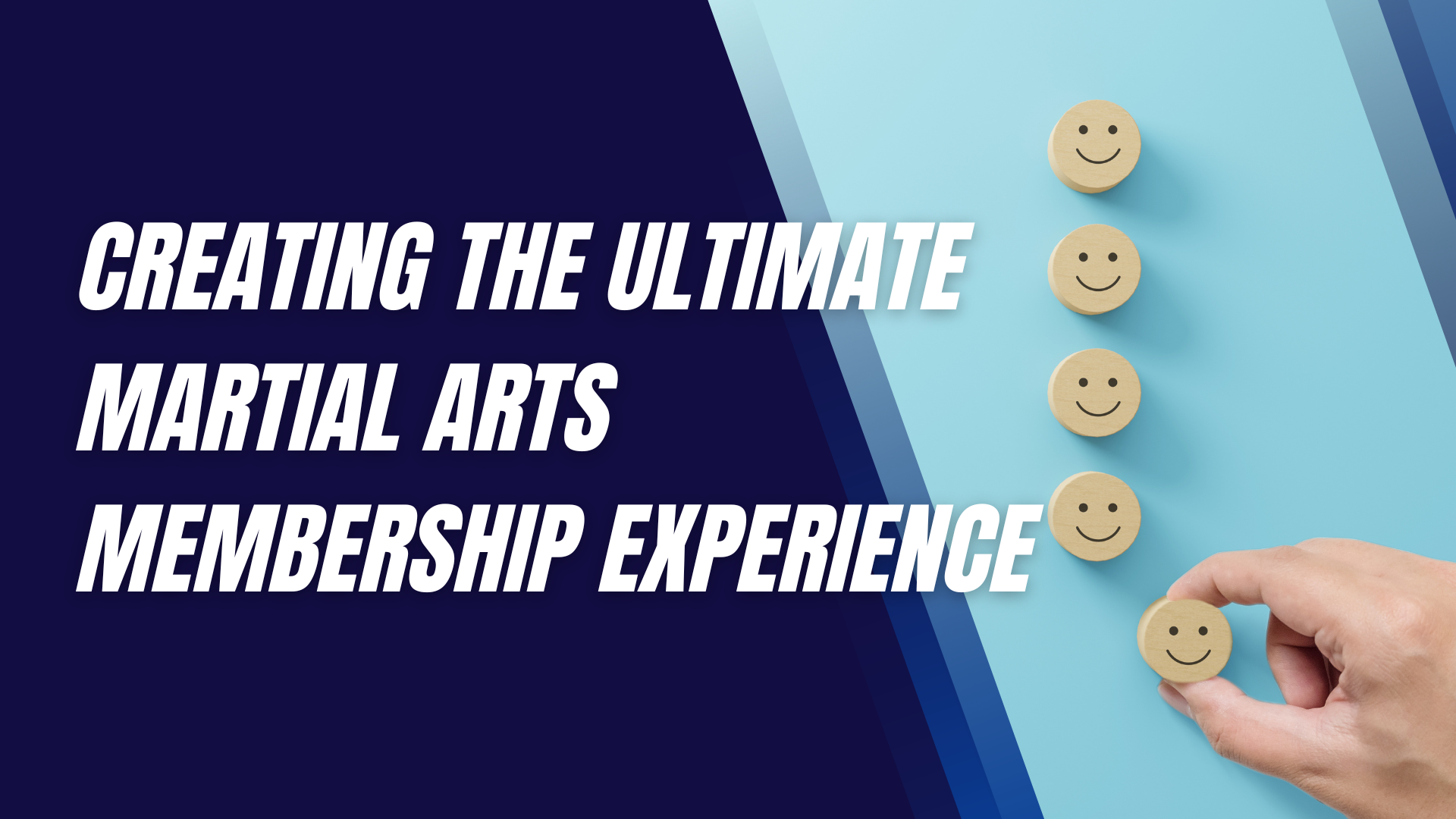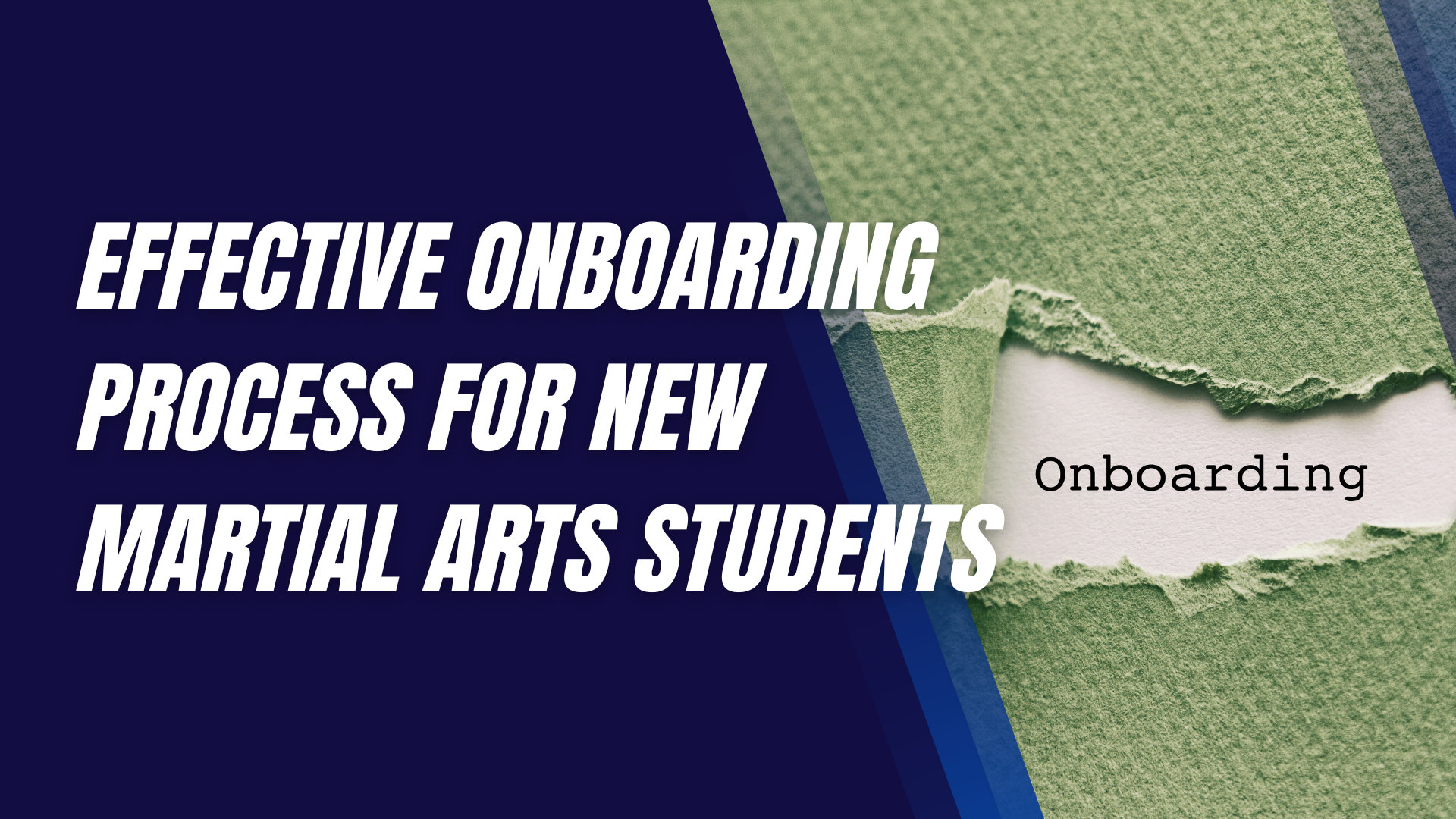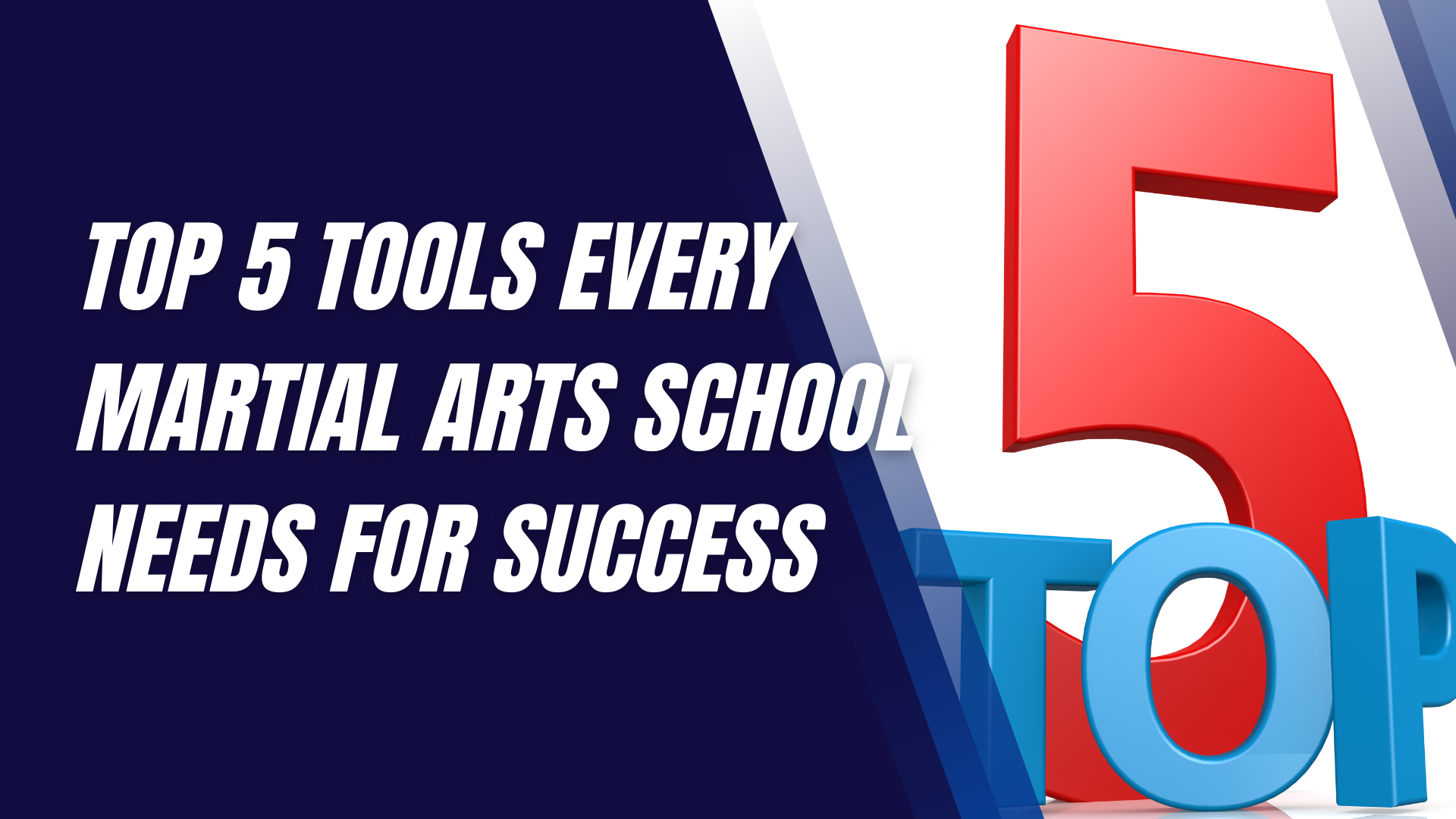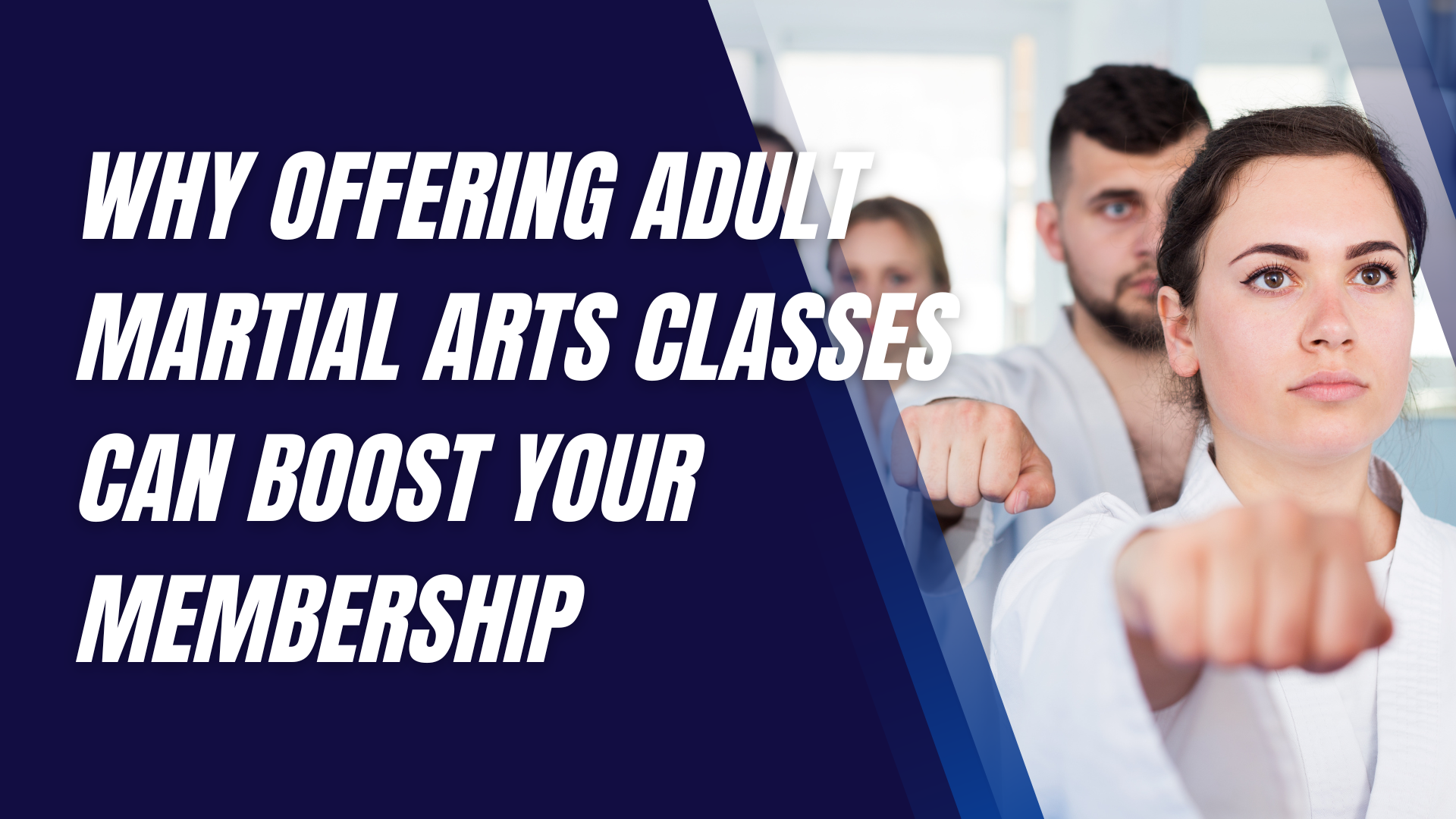How to Create a Winning Culture in Your Martial Arts School
A martial arts school is more than just a place where students learn physical techniques; it’s a community where values, respect, and personal growth are fostered.
Creating a winning culture in your martial arts school is crucial for the long-term success of your students and your school itself. A well-defined culture builds strong bonds, promotes a healthy learning environment, and ensures that every individual who steps into your school leaves not just stronger but also more confident, respectful, and disciplined. This article will guide you through the steps needed to create and maintain a winning culture in your martial arts school.
Importance of Culture in Martial Arts Schools
The culture of a martial arts school defines the shared values, behaviors, and practices that guide students and instructors. It is the invisible thread that ties everyone together, influencing how students interact, learn, and progress. A positive culture not only attracts students but also keeps them engaged, ensuring long-term retention and satisfaction. Schools that lack a clear culture often struggle with maintaining discipline, engagement, and growth, both in students and in the school’s reputation.
A well-established culture helps students internalize the core tenets of martial arts, such as respect, discipline, and perseverance. This, in turn, shapes their approach to learning, competition, and life outside the dojo.
Defining a Winning Culture
A winning culture in martial arts isn't just about producing champions in the ring or on the mat; it's about creating an environment where everyone is encouraged to grow and reach their full potential. The foundation of such a culture lies in its core values:
- Respect: Martial arts thrive on mutual respect between students, instructors, and peers.
- Discipline: Consistent training, following rules, and showing commitment to improvement.
- Perseverance: Encouraging students to push past their limits and embrace challenges.
These values form the backbone of a winning culture, where students are nurtured, motivated, and challenged to excel not just physically, but mentally and emotionally as well.
The Role of Leadership in Establishing Culture
In any martial arts school, the leadership of instructors is paramount in establishing the culture. The instructor is the role model, whose actions, attitude, and philosophy trickle down to every student. Instructors must lead by example, demonstrating the respect, discipline, and perseverance that the school promotes.
- Instructor Behavior: Consistency between what instructors say and do is essential. Students look to their leaders for guidance, and any misalignment in actions can lead to confusion or distrust.
- Building Trust: Instructors who build a trusting relationship with their students foster an open and supportive environment. Trust creates a safe space where students feel comfortable making mistakes, asking questions, and taking on challenges.
Leadership also extends beyond the mat, as instructors should take an active role in the personal development of their students.
Creating a Vision and Mission Statement
A clear vision and mission statement is essential for aligning the culture of the school with its goals. A vision gives everyone—staff, students, and parents—a clear understanding of what the school aims to achieve, both in terms of martial arts and personal development.
- Crafting the Mission: The mission should encapsulate the school's core values, such as respect, discipline, and self-improvement. It should also outline the school’s commitment to fostering a positive and inclusive environment.
- Communicating the Vision: Once established, the mission and vision should be communicated clearly to all members of the school community. This ensures that everyone understands the broader purpose behind their training.
Establishing Core Values
Core values are the guiding principles that shape the daily operations and behaviors within your school. They help students understand what is expected of them and what they can expect from their instructors.
- Key Values: Respect, discipline, perseverance, humility, and integrity should be at the core of every martial arts school.
- Embedding Values in Curriculum: Values should be integrated into every aspect of training—from how students bow at the beginning of class to how they handle sparring and competitions. This ensures that the values are lived, not just preached.
Building Team Spirit and Unity
A martial arts school is a community, and building a sense of team spirit is essential for creating a winning culture. Team unity fosters support, accountability, and shared goals.
- Group Activities: Incorporating team-based drills, group sparring sessions, and joint events strengthens the bond between students.
- Healthy Competition: While competition is a natural part of martial arts, it's important to foster an environment where students compete to better themselves rather than to outshine others. Encouraging students to celebrate each other’s achievements builds camaraderie and mutual respect.
Encouraging a Growth Mindset
A growth mindset, the belief that abilities can be developed through dedication and hard work, is critical to the success of any martial arts student. By promoting this mindset, instructors can help students embrace challenges, learn from failures, and see setbacks as opportunities to improve.
- Reinforcing Effort: Acknowledge and reward effort, not just success. This helps students appreciate the process of learning rather than just the outcomes.
- Overcoming Obstacles: Teach students to view difficult techniques or challenging sparring sessions as opportunities for growth, rather than reasons to become discouraged.
Maintaining Discipline and Respect
Discipline and respect are the cornerstones of martial arts training. A culture that emphasizes these qualities fosters an environment where students are motivated, focused, and respectful toward their peers and instructors.
- Structured Classes: Having a well-structured class that balances instruction, practice, and reflection reinforces discipline. Students should understand that discipline in training leads to better performance and personal growth.
- Respect for All: Instructors must ensure that respect is practiced by all students, regardless of skill level. This includes respecting others’ space, time, and learning pace.
Student Engagement and Participation
Keeping students engaged is key to their long-term commitment and growth. Engaged students are not only more likely to attend classes regularly, but they also contribute positively to the school’s culture.
- Interactive Training: Offering a mix of technical, tactical, and interactive training sessions helps keep classes fresh and engaging.
- Feedback Mechanisms: Encouraging students to provide feedback fosters an inclusive culture where their opinions are valued. Regular check-ins on their progress and concerns can prevent disengagement before it happens.
Fostering Instructor Development
Just as students need to grow, instructors must continue developing professionally. Instructors who stay up-to-date with the latest training methods, teaching strategies, and martial arts developments can better serve their students.
- Continuous Learning: Encourage instructors to attend workshops, seminars, and other professional development opportunities.
- Mentorship Programs: Developing leadership and mentorship programs within the school can help newer instructors grow into their roles and maintain the school’s culture.
The Importance of Consistent Communication
Effective communication is crucial for setting expectations, resolving conflicts, and maintaining a positive culture in the school.
- Clear Expectations: Ensure that students understand what is expected of them in terms of behavior, effort, and progress. This reduces confusion and promotes accountability.
- Parent Communication: Keeping parents informed about their child’s progress and any school events fosters trust and transparency.
Creating a Safe and Positive Training Environment
Safety, both physical and emotional, is paramount in creating a positive culture. Students should feel safe to express themselves, make mistakes, and learn at their own pace.
- Safety Protocols: Clear rules regarding safety during sparring and drills should be enforced at all times.
- Zero Tolerance for Bullying: There should be a firm stance against any form of bullying or discrimination within the school.
Involvement of Parents and Community
A martial arts school doesn’t exist in isolation; it is part of a larger community. Engaging with parents and the local community can help reinforce the culture of the school and expand its positive impact.
- Community Outreach: Hosting workshops or events that engage the local community can raise the school’s profile and foster a sense of belonging.
- Parent Participation: Involving parents in school activities, whether through observation days, open houses, or events, strengthens the bond between the school and the families it serves.
Reward and Recognition Systems
Recognizing students for their hard work and accomplishments is crucial for maintaining motivation and reinforcing the school’s values.
- Effort-Based Rewards: Implementing a reward system that values effort over results ensures that students of all skill levels feel appreciated and motivated.
- Milestone Celebrations: Celebrate both small and large milestones to keep students engaged in their journey, from earning a new belt to mastering a difficult technique.
Handling Challenges and Conflicts
No school is without its challenges, but how conflicts and obstacles are handled will determine the strength of the school’s culture.
- Conflict Resolution: Teach students to resolve conflicts respectfully and constructively, whether it’s a disagreement with a peer or an issue during sparring.
- Pressure Management: Addressing the pressures of competition or personal challenges helps students navigate stress without losing sight of their values.
Sustaining the Winning Culture Over Time
Maintaining a winning culture is an ongoing process. As the school grows, it’s important to periodically review and adapt the culture to ensure that it continues to meet the needs of the students and staff.
- Periodic Reviews: Regularly assess the school’s mission, values, and practices to ensure they remain relevant and effective.
- Adapting to Growth: As the school expands, be mindful of how changes in class size, staff, or student demographics might impact the culture. Flexibility is key to long-term success.
Final Thoughts
Building and sustaining a winning culture in a martial arts school requires dedication, consistency, and a clear vision. By fostering an environment grounded in respect, discipline, and personal growth, instructors can create a positive, engaging, and successful martial arts school. The long-term benefits of such a culture include not only developing skilled martial artists but also shaping individuals who embody the core values of martial arts in every aspect of their lives.
Interested in trying a martial arts class? Find an affiliated academy anywhere in the country by clicking here.
Have your own martial arts program? Get to know more about what we have to offer at Ground Standard Agency for helping martial arts businesses grow.
Email us at info@groundstandard.com, or call and text us at (732) 907-8920 today to learn how to start growing your own academy, school, dojo, or gym with us as well.
Share this article












